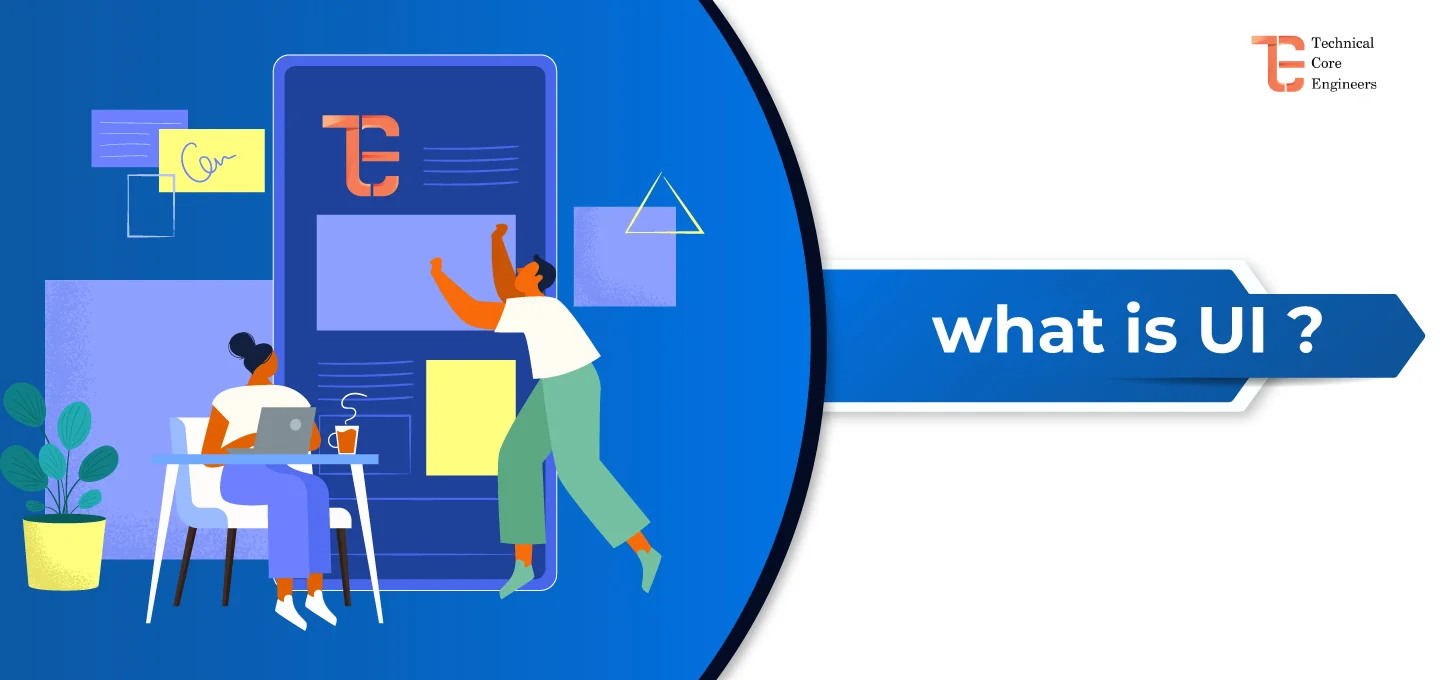
What Is UI?
What is UI and its principles all are explored in this article. UI stands for User Interface, which refers to the visual and interactive design of software, website, or digital products that allow users to interact with them. UI includes all the elements and features that users can see and interact with that. like buttons, menus, text boxes, images, and icons, as well as the way they respond to user actions, such as clicking, tapping, swiping, or typing.
The primary goal of UI design is to create a user-friendly and intuitive interface that enables users to accomplish their tasks efficiently and effectively. while also providing an enjoyable and engaging experience. A good designed UI can make software easy to use and more efficient.
UI design is an essential part of software development. And it involves considering factors such as usability, accessibility, visual aesthetics, and much more.
The user interface is a necessary aspect of software development, as its directory impacts the user experience. That can determine whether a product succeeds or fails in the market. So, let’s start with the principle of the user interface.
There are many features to consider when you create a new design software. Like design is a must be responsive. Make it simple. Color matters, respond to the users, be human-friendly, etc…
Principle Of UI (User Interface)
There are several principles that guide the design of the user interface(UI). Here are some of the most important ones:

User-Centered Design:
user-centered design(USD) is a design approach that places the need and preferences of users at the center of the design process. UCD is particularly important in UI design, as it helps to ensure that the internet is easy to use. That provides a positive user experience.
Also, by applying user-centered design principles in UI design, designers can create interfaces that are intuitive, efficient, and enjoyable to use leading to better user experience and increased user satisfaction.
Consistency:
The interface should be consistent in its design, layout, and behavior, to ensure that users can easily learn how to use it and feel confident using it. The design creates a good impression on the user’s mind. Consistent navigation can guide users to find their most needed information quickly and efficiently. Consistent operation design can make users quickly learn various product features.
Lake of consistency can mislead users and cause a bad user experience. Of course, the consistency principle does not mean that you need to follow it in all areas of your design. International inconsistency can be good for user experience.
Clarity:
The interface should be clear and easy to understand, with labels and instructions that are straightforward and easy to understand. Clarity is the highest priority for an effective and easy-to-use interface. It enables the user to recognize static and interactive elements at a glance and predict what will happen next.
Clarity also ensures that the information can be accurately conveyed to the user and prevents the user from making mistakes. In other words, clarity is the crucial design principle that can deliver a perfect user experience.
Read Also: Portal App Design Fundamentals UX versus UIFeedback:
The interface should provide clear and immediate feedback to users, so they know what is happening when they interact with it. One of the easiest ways to communicate with the user is to provide timely and contextually relevant feedback. On the other hand, feedback causes anxiety.
Use both visual and audio feedback. Audio feedback works well when it’s necessary to notify the user about a problem. For instance, audio feedback can give a clear single that one more operation may lead to data loss. The user should be able to disable audio feedback.
Flexibility:
The interface should be flexible enough to accommodate a wide range of users with different needs and preferences.Flexibility is In comparison to matching individual tools that are more specialized yet offer the versatility of usage not possible from any one instrument, these tools when combined are less effective and usable.
Visual Hierarchy:
The interface should use visual cues such as color, size, and placement to create a clear hierarchy of information, making it easy for users to scan and find what they need.
Accessibility:
The interface should be designed to be accessible to users with disabilities, such as those who are visually impaired or have motor disabilities.
Simplicity:
The interface should be simple and uncluttered, with only the essential elements necessary to accomplish the task.
Read Also: 10 Element Of Modern Web Design That Will Actually Make Your Life Better
Conclusion
Finally, we explore ‘what is UI and the principle of User Interface(UI). Without UI you cannot create a website or software design properly. So user interface is important in the creating design. If you have to require any software and application, custom requirement then contact us. Quickly send your requirements and fix the meeting with our experts. Don’t miss to follow our social sites LinkedIn & Pinterest.






